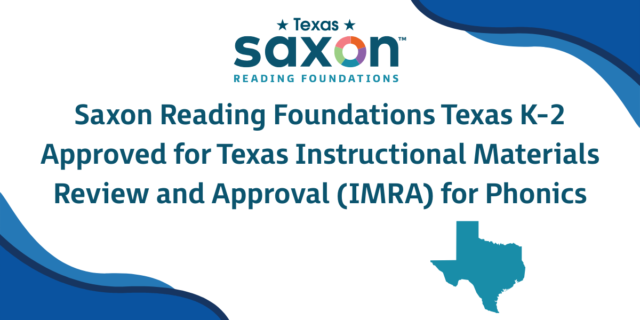
As part of an upcoming Twitter chat on Thursday – September 29 at 8pm (eastern), Heinemann authors Jocelyn A. Chadwick and John E. Grassie are writing a four-part blog series on the core elements of ELA instruction. They write “because our students are ever-changing, we, too, must rethink and re-imagine what we teach, how we teach, why we teach literature, as well as literature's essential place and role in achieving lifelong literacy.” We must “rethink and re-imagine what we teach, how we teach, why we teach literature, as well as literature's essential place and role in achieving lifelong literacy.”
In Teaching Literature In The Context Of Literacy Instruction, coauthors Chadwick and Grassie explore how the familiar literature we love can be taught in a way that not only engages students but does so within the context of literacy instruction, reflecting the needs of today’s classrooms. In part one of our blog series, the authors suggest how making pie connects to the work being done today by ELA specialists.
Last week Jocelyn and John wrote: "our teaching as ELA specialists reminds me often of pie-making, real pie-making—the “from scratch” kind." This week the authors break down the preparation and plan and purpose:
 Image by Brooke Lark
Image by Brooke Lark
P: preparation and plan and purpose
I: instruction
E: engagement
I: instruction: Once we have our plan with its pieces in place, we move on to the process of instruction, the actual doing. Here, we take a slight right, as a “sort of” right turn is described in New England, from the process of baking. Why? Unlike my matrilineal pies, which allow for no recipe deviation, instructing students in ELA requires, even demands, adaptation, vibrancy, energy, observation, investment, full attention, and content awareness: both broad and specific knowledge-base. No two groups of students are the same. No one class of students learns in the same fashion or process at the same rate. No students have all the same experiences, backgrounds, perspectives, or beliefs, regardless of how they may appear to be similar. Most importantly, our consciously allowing the literature to speak to our students through their lenses, while facilitating their understanding of that same text through the writer’s lens and context, necessarily makes texts relevant and come alive for our students. We foment student-ownership. We call this instructional process “working to see literature with new eyes.”
♦ ♦ ♦ ♦
In the next part of this series, the authors will dig deeper into the final ingredient of P.I.E. Join the authors for a Twitter chat on Thursday – September 29 at 8pm eastern. The authors will focus on the core elements of ELA instruction: planing and preparation, instruction, and engagement, using literature as the foundational anchor.
♦ ♦ ♦ ♦


Jocelyn A. Chadwick has been an English teacher for over thirty years—beginning at Irving High School in Texas and later moving on to the Harvard Graduate School of Education where she was a professor for nine years and still guest lectures. Dr. Chadwick also serves as a consultant for school districts around the country and assists English departments with curricula to reflect diversity and cross-curricular content. For the past two years, she has served as a consultant for NBC News Education's Common Core Project for Parents, ParentToolkit. In June 2015, Chadwick was elected Vice President for the National Council of Teachers of English.
John Grassie is a veteran broadcast journalist, with more than 25 years’ experience producing news coverage, program series, and documentaries for Public Television, NBC News, and Discovery. During his broadcast career, Grassie’s work received numerous awards for excellence in journalism.


